Valve’s Deadlock has already garnered a lot of industry-wide attention, despite still being in early development, with many players fascinated about what the next steps of the third-person hero shooter will be. It is clear that the game still has a long way to go before its full official release, and a huge number of updates are expected in 2025 as Valve paints a clearer picture of what the core experience and gameplay of Deadlock should look like.
Recently, Valve communicated its approach to fresh Deadlock content going into 2025, confirming that the title is aiming to release fewer but more impactful updates from this point on. This means that there will be a greater downtime between fresh shake-ups to Deadlock‘s gameplay and increases to overall polish, but these updates should each feel more exciting and constructive than ever before when they do eventually roll around. While this approach could make Deadlock updates a huge builder of hype, the longer down-time between them could be a big negative against the backdrop of industry-wide competition within the hero shooter genre.
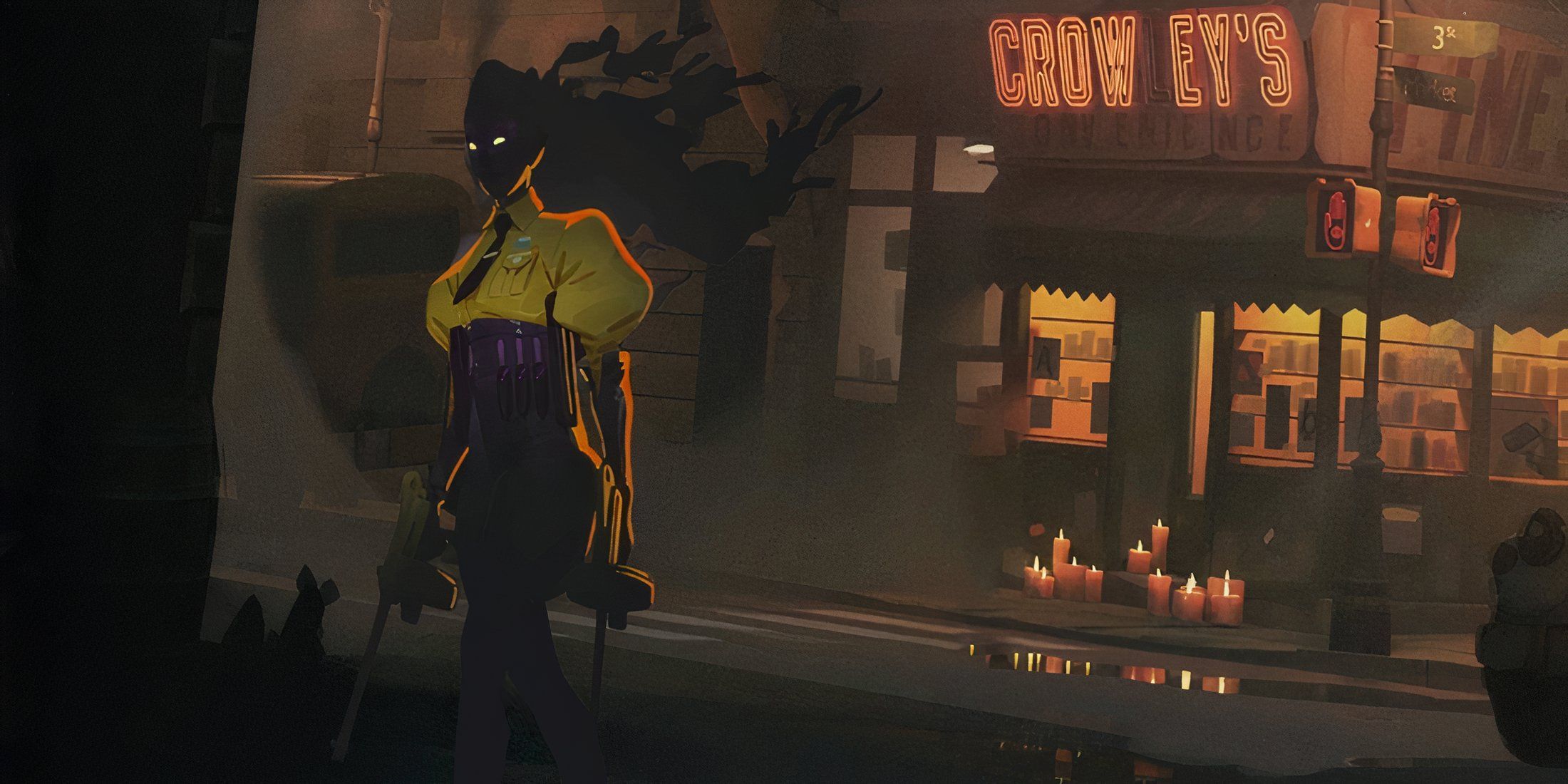
Related
Deadlock Has Unique Way of Dealing with Cheaters
Following a recent anti-cheat update, Valve is employing a novel method to deal with cheaters in the hit hero shooter Deadlock.
Deadlock’s Longer Time Between Updates Comes With a Lot of Risk
Most expectations point towards the full release of Deadlock coming in late 2025 or early 2026, although the game has already stamped out a positive reputation for itself thanks to its invitational early access. This early period of gameplay for Deadlock has been crucial in terms of gauging player feedback and making some critical tweaks to the title, with updates for the game usually releasing around every two weeks, making for a constantly evolving in-game landscape.
This is expected to change going forward thanks to Valve’s new ethos regarding less frequent but more substantial individual updates, meaning Deadlock‘s future will now be clearly signposted between massively anticipated major updates before its full release. The benefit of this approach, besides giving Valve more freedom to experiment and develop with Deadlock‘s gameplay in between updates, largely comes from the excitement that each Deadlock update will now generate, with the prior bi-weekly updates creating a predictable routine that could make smaller changes fly under the radar.
Of course, the downside to this is that there will now be extended periods of time without any change for Deadlock, potentially making the core experience of the title feel quite static in the waiting period for the next major update. The danger of this is only compounded by the massive competition of multiplayer hero shooters in the gaming industry. Marvel Rivals has made huge strides in its player count and it’s already rolling out major post-launch content updates.
Deadlock’s Unique Gameplay Could Justify Longer Waits Between Updates
Thankfully, Deadlock is not entirely constricted to the hero shooter label; the game offers a fascinating blend of hero shooter elements and MOBA mechanics. While there is some overlap between Deadlock and games like Marvel Rivals and Overwatch 2, the core premise of the Valve title is hopefully unique enough for the game to maintain its playerbase in the longer periods between its future updates.
Valve is renowned for pushing the boat of what can be expected from genres across the gaming industry, and the vision for Deadlock is already shaping up to be unique enough to stand the test of time. Despite this, these early stages of the title are extremely important in terms of stamping its authority, and the reduced frequency of Deadlock updates will seemingly make new changes all the more exciting at the risk of being drowned out in the rapidly-evolving world of competitive multiplayer games.
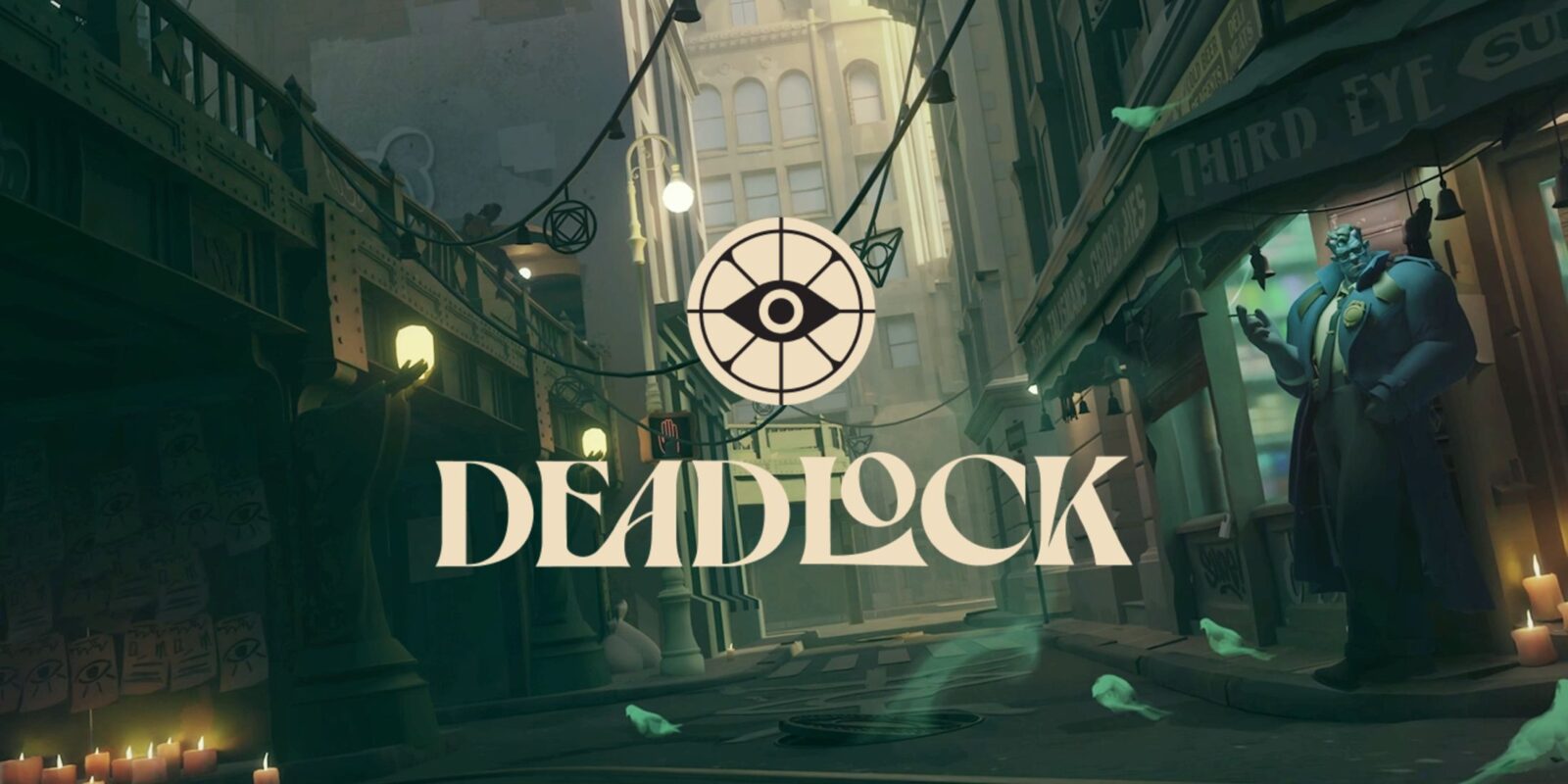
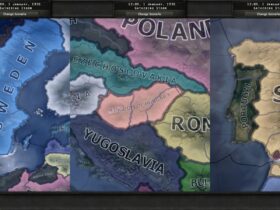
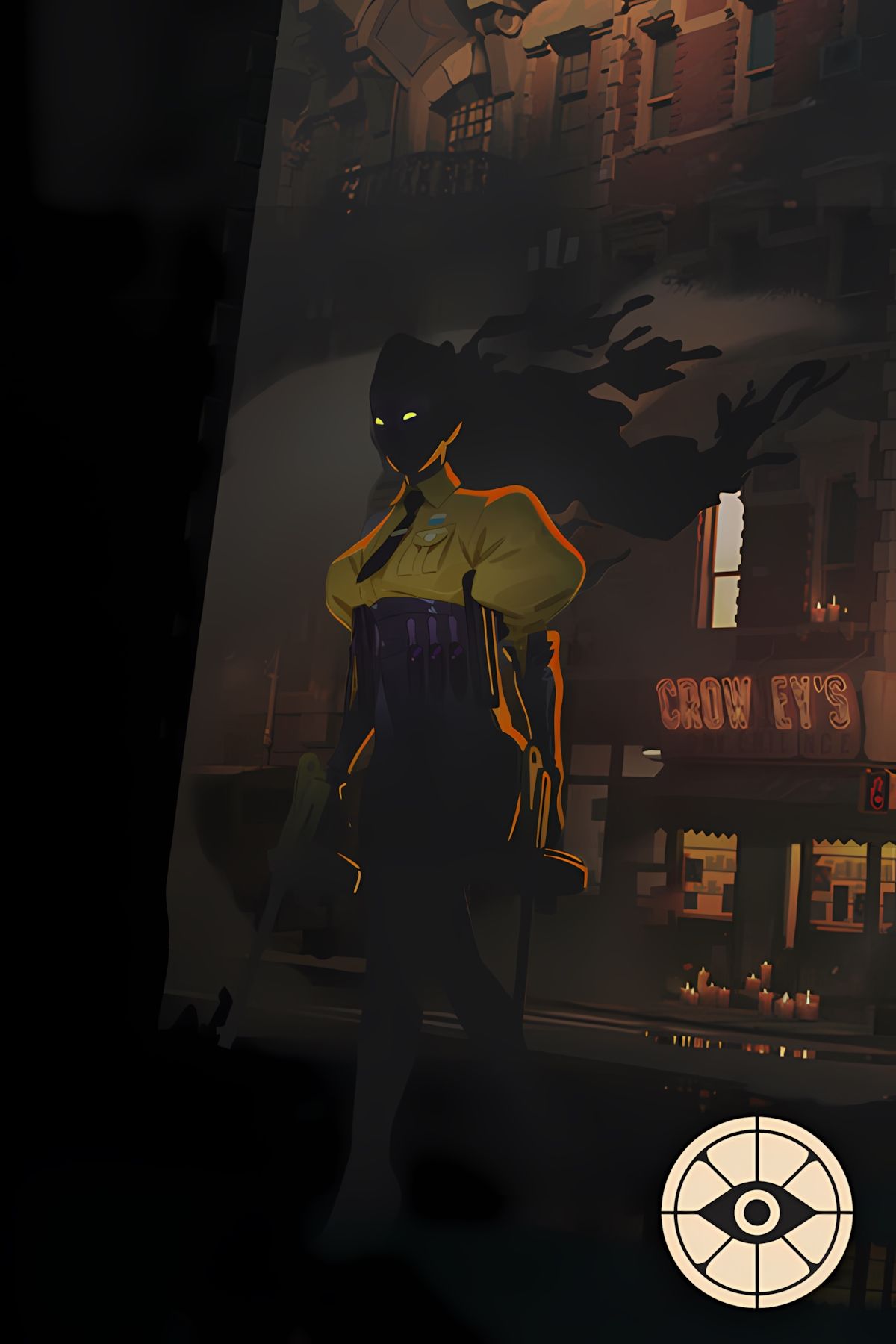

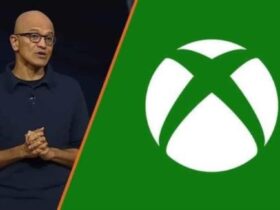


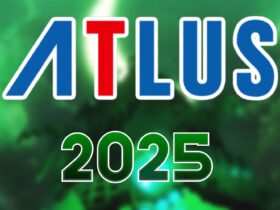

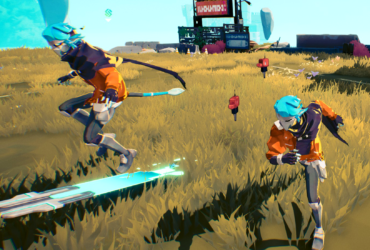




Leave a Reply